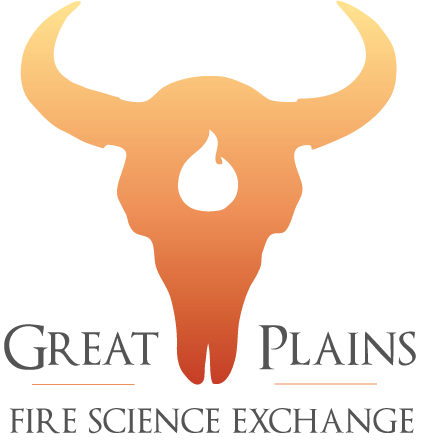Publications
This video is one of the eleven taken from the 2013 Patch Burn Grazing Conference.
Read MoreThis video is one of the eleven taken from the 2013 Patch Burn Grazing Conference.
Read MoreThis video is one of the eleven taken from the 2013 Patch Burn Grazing Conference.
Read MoreThis video is one of the eleven taken from the 2013 Patch Burn Grazing Conference.
Read MoreThis video is one of the eleven from the 2013 Patch Burn Grazing Conference.
Read MoreThis video is one of the eleven from the 2013 Patch Burn Grazing Conference.
Read MoreThis video is one of the eleven from the 2013 Patch Burn Grazing Conference.
Read MoreThis video is one of the eleven from the 2013 Patch Burn Grazing Conference.
Read MoreThis video is one of the eleven from the 2013 Patch Burn Grazing Conference.
Read MoreThis video is one of the eleven from the 2013 Patch Burn Grazing Conference
Read More
